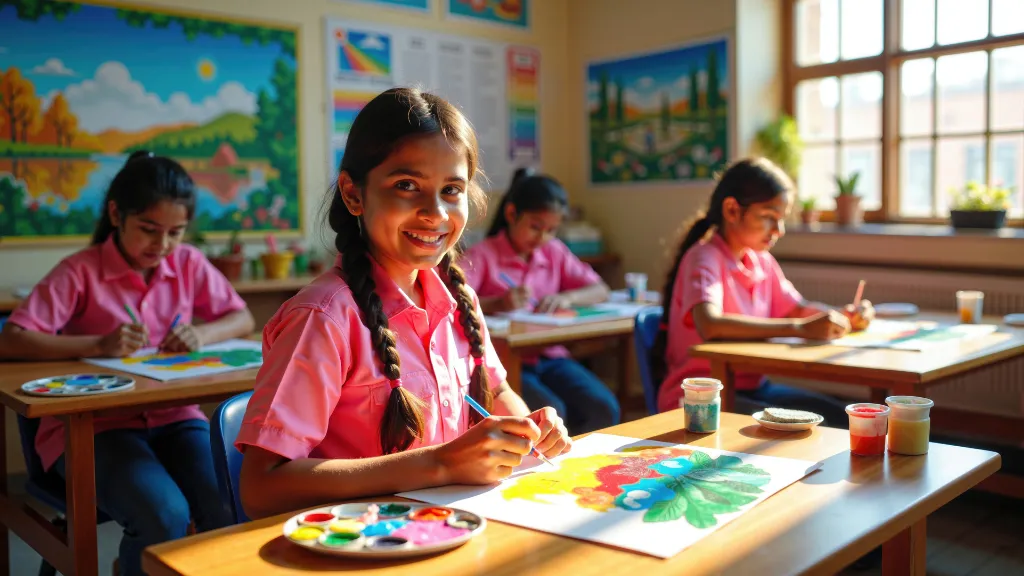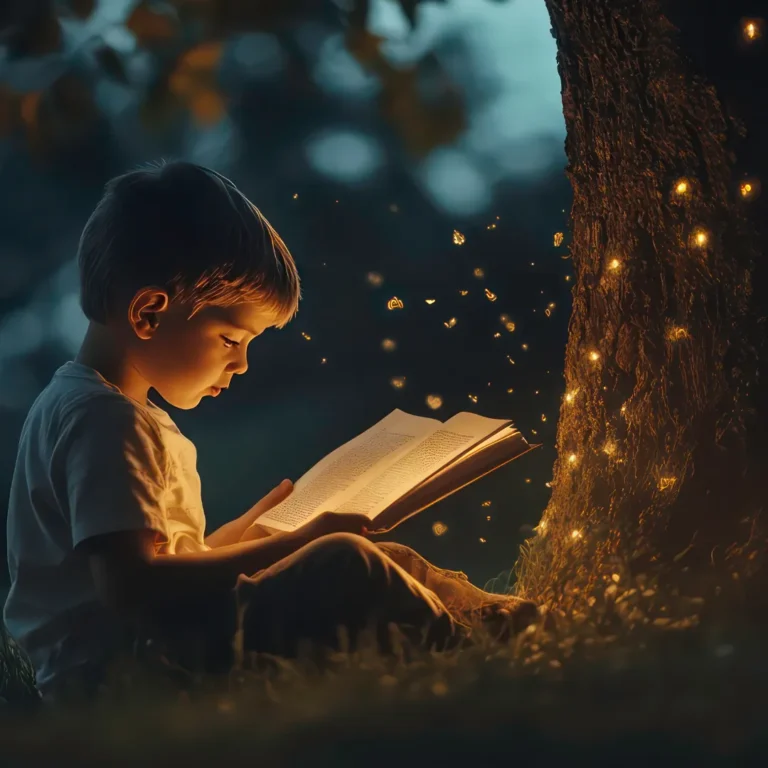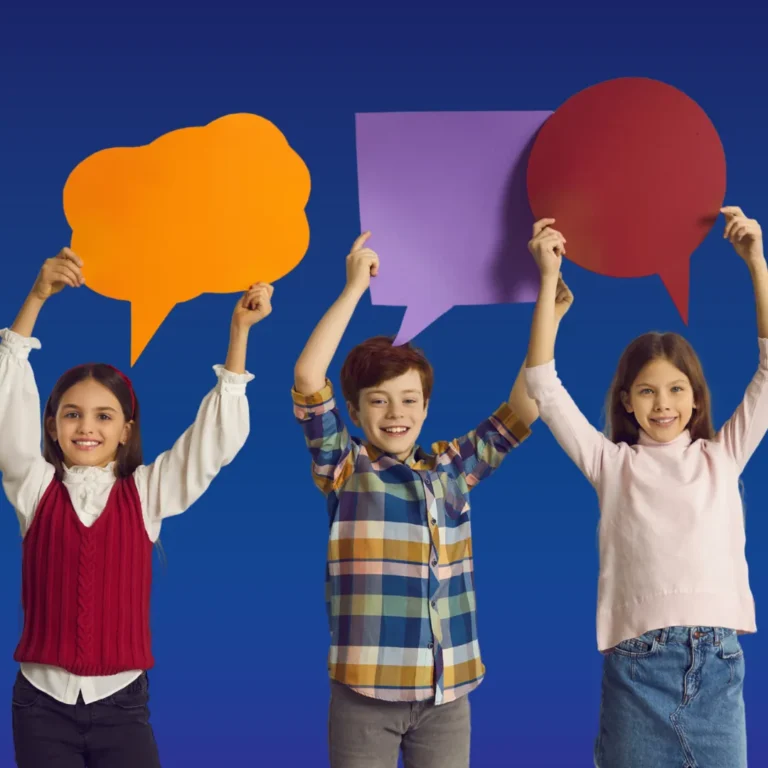How Art Integration Transforms Classroom Learning
- Educator Insights
- June 13, 2025
- Nikesh Sharma

In the ever-evolving landscape of education, the role of art has become more vital than ever. Far from being just a recreational activity, art now stands recognized as a powerful ally in academic success.
Whether it’s painting, music, drama, dance, or crafts, art integrated learning nurtures creativity, improves focus, and deepens understanding of core academic subjects.
- Enhancing Cognitive Skills: Art stimulates the brain in unique ways. Visual arts help students grasp complex mathematical concepts like geometry and symmetry. Music supports memory retention and pattern recognition, which are essential in language learning and arithmetic. Drama and storytelling improve language fluency, comprehension, and communication skills.
- Supporting Emotional and Social Development: Through art, students learn to express themselves, handle emotions, and build self-confidence. Group activities in art encourage collaboration, empathy, and effective communication-skills that are invaluable across all academic disciplines and in real-life scenarios.
- Making Learning Engaging and Inclusive: When academic lessons focuses on art integrated learning, they become more engaging and accessible. For example, illustrating a science concept through a drawing or enacting a historical event makes learning enjoyable and memorable, especially for students who struggle with conventional teaching methods.
- Encouraging Critical Thinking and Problem-Solving: Art encourages students to think outside the box, explore different perspectives, and find creative solutions. These are the same higher-order thinking skills required in subjects like science, mathematics, and social studies.
- Building a Balanced Curriculum: A well-rounded art integrated learning creates more balanced It not only fosters academic excellence but also contributes to the mental and emotional well-being of students.
Conclusion
Art is not an extracurricular luxury-it is an essential component of effective education. By weaving artistic expression into the fabric of academics, educators can cultivate curious, confident, and capable learners who are ready to thrive in all areas of life.
Post Views: 441
Share on:
Written By:

Nikesh Sharma is an accomplished educator with over 34 years of experience. As Principal of Vidya Bhavan Public School, Gwalior, he specializes in educational leadership, teacher training, and fine arts integration. A recipient of multiple Teachers' Excellence Awards, he has conducted CBSE workshops on Life Skills, Art Integration, and Gender Sensitivity. Beyond education, he actively organizes and participates in national-level art exhibitions and training programs.


